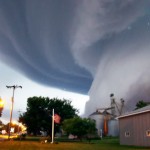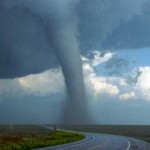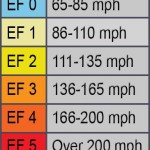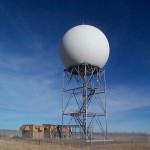Taking a Look At Emergency Preparedness Kit At Home
By: Heart Perkins
Every the country possesses its own certain assortment of extreme weather conditions. The southeast lives through hurricane season, tornadoes threaten the heartland for much of the year and the northern states might go through months of below-freezing climate conditions. Regardless of where you live, you have the possibility of being stuck in an emergency without power or access to outside supplies. Intelligent people understand that having an emergency kit at home is the perfect way to get through these tough times.
Important Supplies
Every emergency supply kit should include some basic supplies to get you through at least two days without power. Make a supply in waterproof plastic bins for light and convenient transportation. Get started with emergency food like dehydrated meals from camping supply stores, MREs from military surplus sites or perhaps dried food from the grocery store. Add a package of paper plates, some plastic cutlery and a sleeve of plastic or paper cups. Stock gallons of purified water, for every person in your household, with at least one per day. Add a first aid kit, a supply of flashlights, extra batteries, a battery radio or television and a disposable cell phone in case your main phone is lost or destroyed. Should there be infants or toddlers in your home, add formula or formula powder, baby food and diapers to the kit. Add a supply of just about any prescription medicines your loved ones take every day.
Additional Goods
Although not mandatory, there are many items that can make it easier to get through your time in your home without power or transportation. Fill up the extra space in your emergency kit with cards, paperback books, electronic games and board games or the miniature versions of them. Travel games are a great alternative, because they offer the same game experience in a smaller package. Include large generic t-shirts for spare clothing in case there is flooding, pillows and blankets, and stuffed animals for the younger members of the family.
Emergency Closet
Make an emergency closet to keep your supplies safe, central and away from windows and doors. Pick a closet or small room down the middle of the house. Stack emergency kit boxes, bed pillows and blankets in garbage bags along with other supplies against the walls. Put floor pillows in the closet when you have room to spare. The closet can serve as a safe room during the worst storms as well as storage space for your supplies afterward.
Author Resource:-> When deciding what to put in an emergency preparedness kit, the best method is to think of everything your family might need to survive for at least two days. Make your emergency preparedness kit checklist from this method, and purchase supplies to build your kit by referring to the list.
Article From Articles Directory | Free Articles | New Articles Daily






